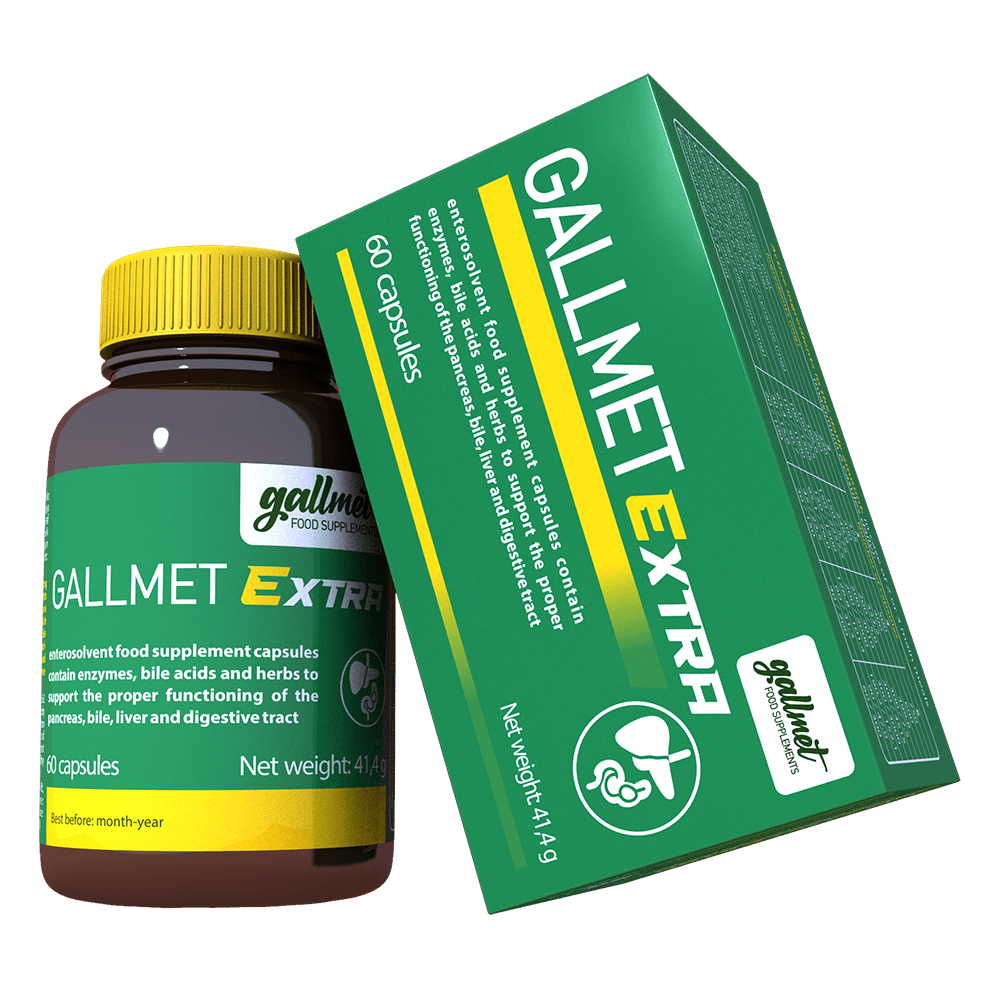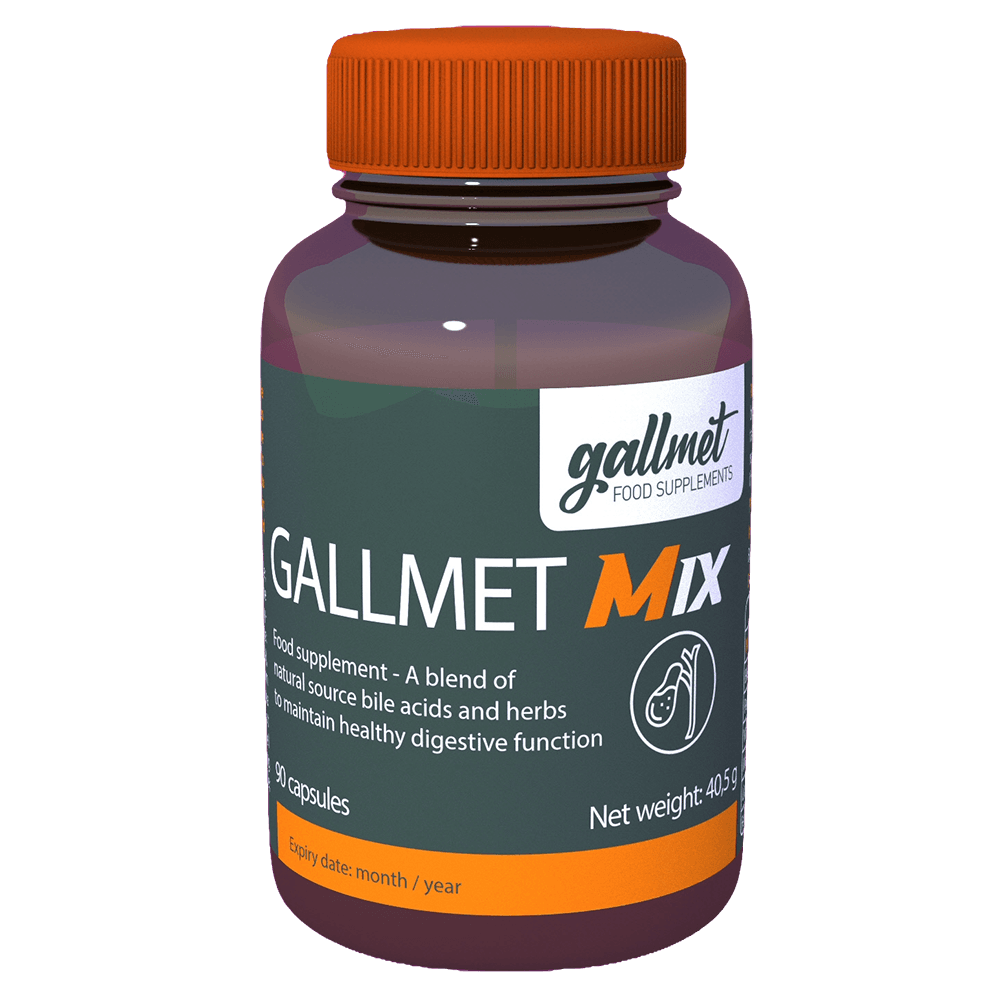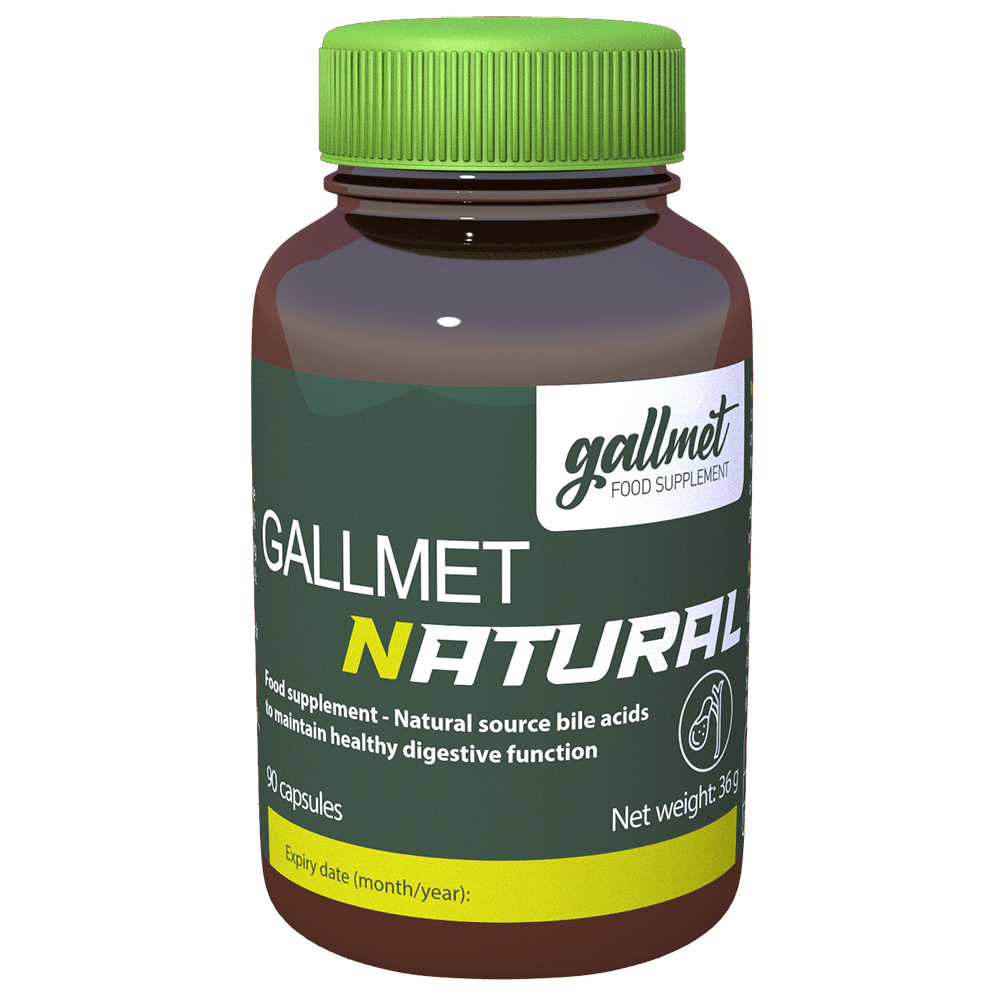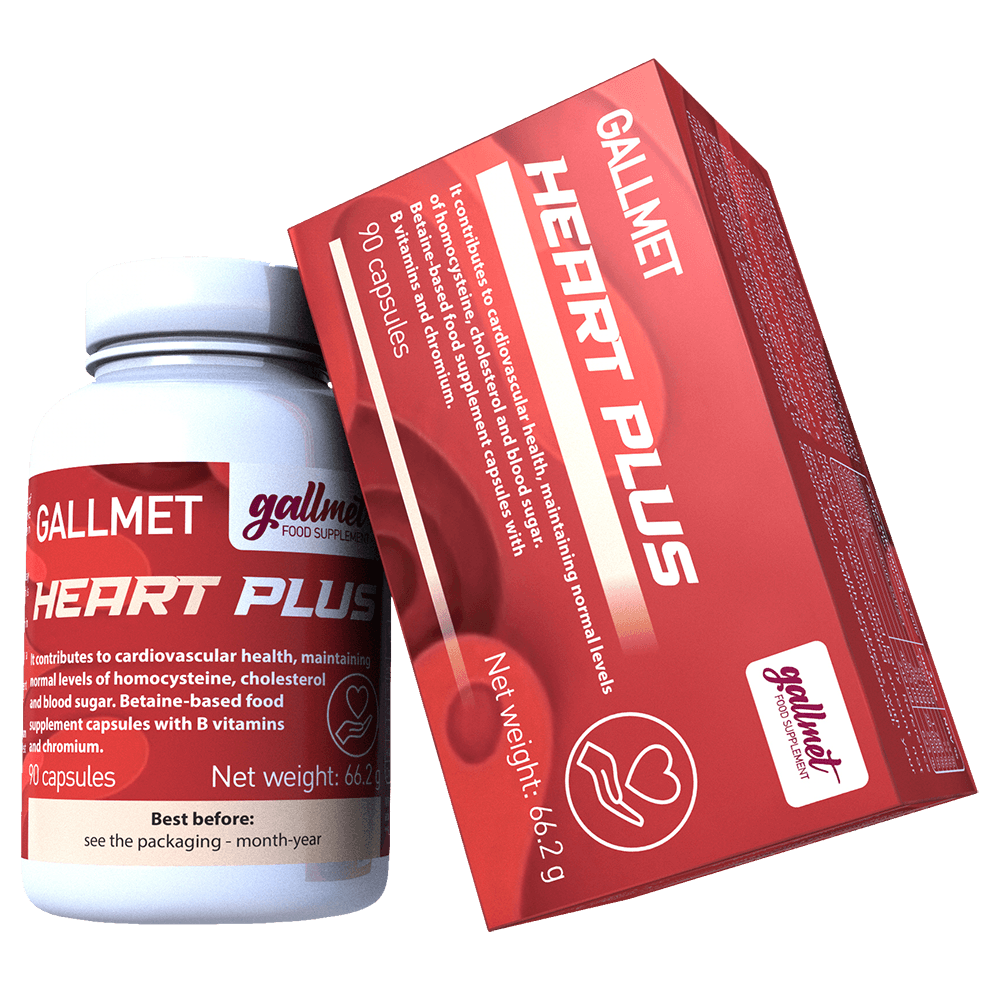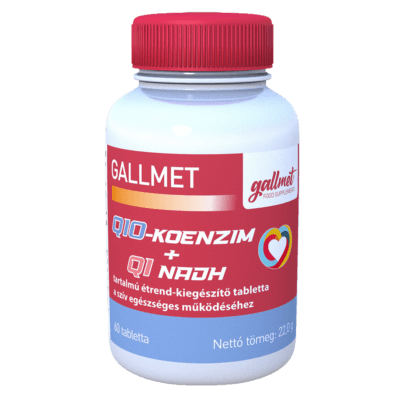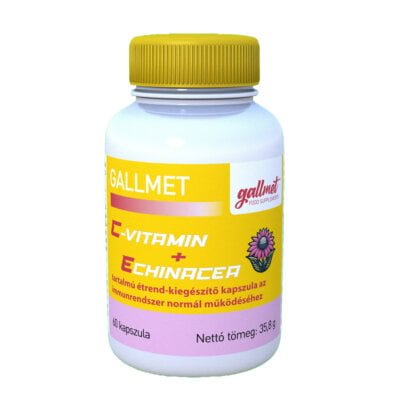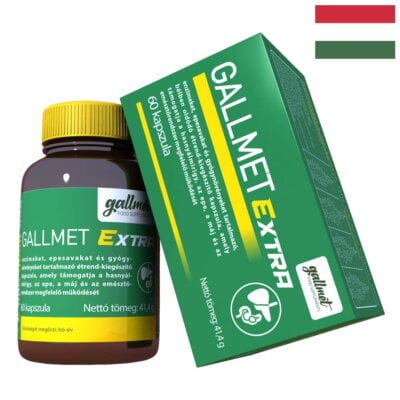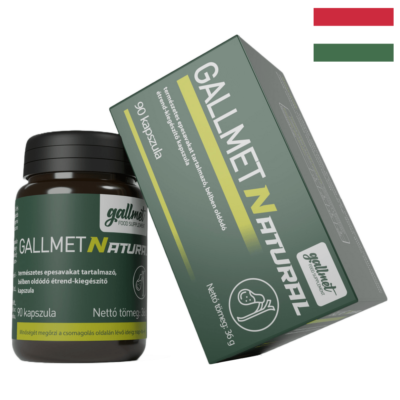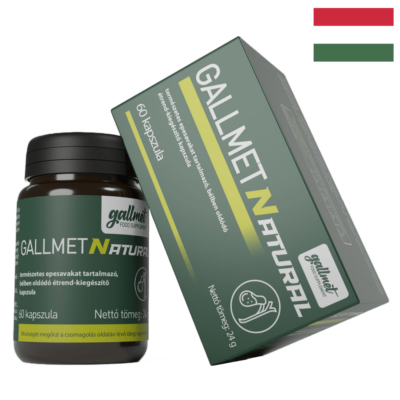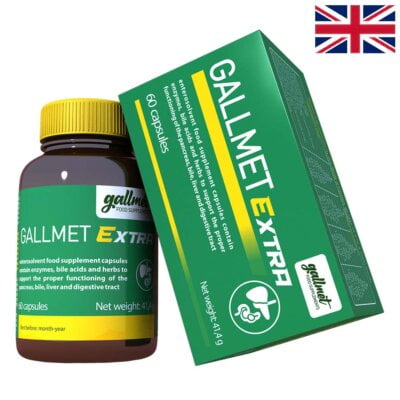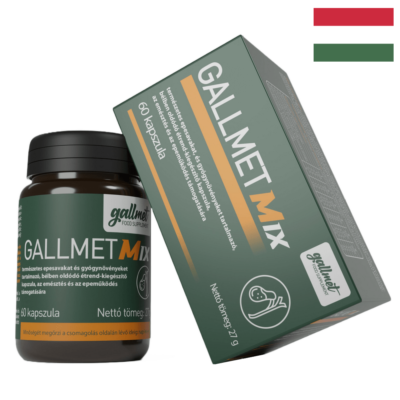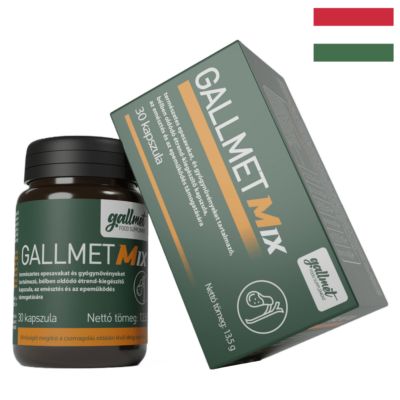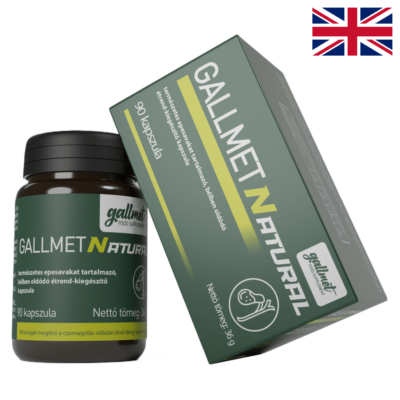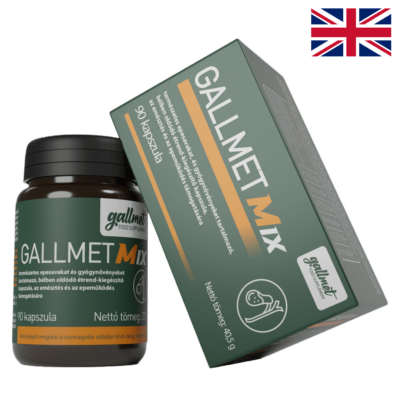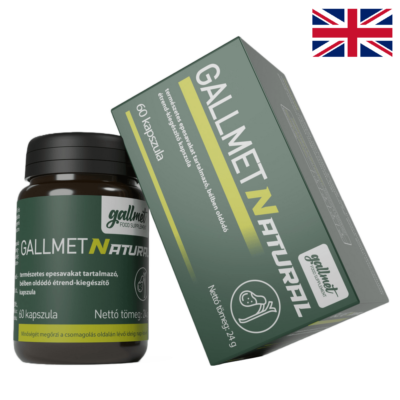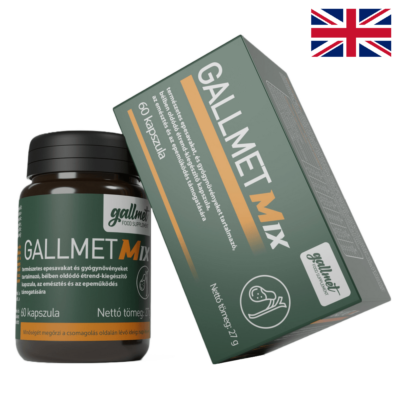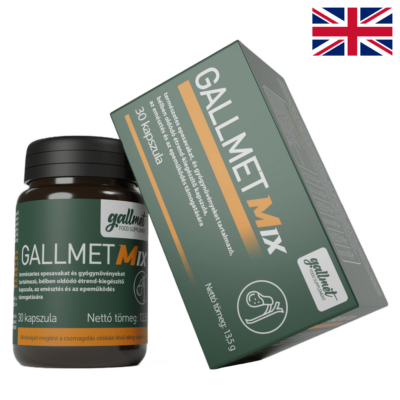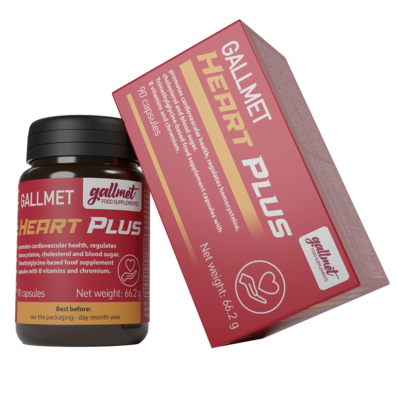Weekly Pharmacy - Bile acid and cholesterol
Author: Dr. Péter Légrády
Literature title: Bile acid and cholesterol
Place of appearance: Weekly Pharmacy
Date of publication: 17 March 1992.
Download in PDF

Tv2 has covered the disagreements over cholesterol on several occasions over the past three months. Dr. Péter Légrády also talked about the new approach and results of the medical team he has set up (backed by 8 years of research). What is it exactly?" asked the Weekly Dispensary.
We started working in 1983, studying and researching allergic diseases, and finding the role that the hepatic biliary system can play in some or many long-standing chronic diseases, both in their development and in their curability. This is a different approach. It is out of this realisation that a British researcher, Haslewood, in the late 1970s drew attention to new measurements. With the advent of new measuring instruments, the biological importance of bile acids became clear. When this thesis became known, we wondered about the possible causal role of the bile acid system in the development and cure of a joint disease, for example, in relation to the important function of bile acids in the liver bile system. It turned out to be ten percent in one case and ninety percent in the other. The key thing: bile acid: so we started looking at all the things that belong to this chemical or biochemical group: these are the steranase compounds, including cholesterol. And that's how we ran into the cholesterol problem... Cholesterol is very important to the body, and we know that when cholesterol is broken down, it becomes bile acid; chemically that's the only way to break down cholesterol.
- Bile acid is like soap. If my hands are oily, I can't wash them off with plain water, but I can with soap. The fatty substances flow in the blood, they don't go to the other side of the cells, they have to be carried by something, the same with the fat soluble substances - so that's where the bile acids that act as soap have to work well.
- Cholesterol levels are very important, but it's not a question of whether it's big or small, it's a question of forcing the very good results of new instruments into the old picture of disease. Textbooks on internal medicine today say the same things they have said for decades - although progress has accelerated.
- Our medical team works to investigate the biochemical (i.e. intercellular) metabolism - whether or not the ingested substance is excreted.
There is a chemical structural relationship between cholesterol and bile acid, so as a by-product, it was found that cholesterol is reduced by 20-25%. The same can be achieved with very expensive drugs. The drug, as I said, is expensive, and we achieved the same thing by adjusting the metabolism of bile acid - and without side effects.
- It is not enough to look at cholesterol, you also need to look at what it breaks down into. What is the point of cholesterol? A certain amount is taken up by the body - however much cholesterol we eat. If we don't eat enough cholesterol, there is no barrier to internal formation. There are extreme cases, some people have it so high. There are drugs to break it down. If I take bile acid out of the body by binding it with drugs, then cholesterol breakdown is enhanced. But bile acid is very important for the body, and if I take it out, there is a huge side effect. In addition, if I bind bile acid in the intestine, the cholesterol from outside will not be absorbed, it will not have an inhibitory effect, and even if the drug binds the bile acid, it will not be effective in lowering cholesterol. What if I increase bile acid production by interfering with its function in a normal way rather than abnormally. Then the cholesterol will go down. Bile acid metabolism can malfunction in five to six or seven places. It depends - which one - which treatment is needed. We didn't make that up. What we found out is that the measurements have to be very precise.
- We examined two thousand patients, which is five thousand cases including controls. Our eight years of work have shown that the circulation of fatty and fat-soluble substances is more or less involved in all diseases. And a key part of that is the turnover of bile acids. If the normal ratio can be adjusted, patients improve. Bile-induced headaches are common. It is called migraine biliare... The Hungarian medical school is of German origin (we are now moving towards Anglo-Saxon). When I told a medical congress in Sydney that we were also looking at biliary headaches, the French didn't understand why we had to talk about it, everyone knows that. But the English doctors argued with the French that it was a misconception...
- The human body is very well designed! Caveman ate animal cholesterol in the morning (because it is only found in animal foods), ready to eat. But if he didn't have animal food, his body produced the cholesterol itself. If it found food, the ready-made molecule stopped some of its internal production. So, if we brought something from caveman; the very precise, all-encompassing regulation of deficiency as well. That's what we're trying to transform with the current low cholesterol diet. It is understandable why that is so. When hundreds of millions of dollars were spent on cholesterol research in the 1970s, they wanted to prove how cholesterol was related to heart attacks and atherosclerosis. And then there was no really effective drug! Then they really had to come up with something! And then here we were. The medical community today is refining and polishing what was invented in the 1970s. Today we are allowed to eat "only green beans"...
- Regulation is very important and it's well thought out, we doctors are mystifying the whole thing. We (the research team) are looking for regulations. If someone has high cholesterol, it needs to be looked at carefully. Thoroughly! We need to know all the factors - intake, internal formation and breakdown. Knowing these can help the patient. Today, cholesterol tests are available on the street, in supermarkets, at fairs. It is inaccurate and expensive. They say you should test at least once - not me
I say this because cholesterol can remain at a constant level for years. This is not true. If I tamper with the way it works, the abnormal cholesterol level changes. This and all the other substances in the body must be measured by measuring them at a given moment. And knowing the result, I try to enhance one of the functions that regulate it. Then by measuring again I can see where there is a fault in the operation, or if I can operate it, how much it changes. Then I have to think about how I cure the patient. Roman law also says "a witness, not a witness".
- I have a long-standing desire to investigate, in a few villages, how the illness of the families has developed - "genetically". I myself grew up in a village, my father was a village doctor, so I know how the peasant man lived. Atherosclerosis - especially cerebral - was rare, especially in men. And they ate a good diet, they did hard physical work; and there were no fat people, no atherosclerosis. The peasant man would have a morning stroll and, on the stimulus of eating, the digestive fluid produced throughout the night would be emptied and used up. And if it is used up properly, cholesterol does not go to an abnormal place. It also used up the excess calories from working all day. The other crucial thing is that in the morning, when all the organs that store digestive juices are full, they are left to work. They ate their breakfast, it acted as a pendulum, "spilling" the digestive juices - and digested. All that snacking, or just fruit until noon - doesn't let the body function well. My principle is to eat like a king in the morning, like a citizen at noon and like a beggar in the evening. That's how the body works. In our work, we have been looking at normal functioning and looking at where there is an obstacle. I had a wonderful boss to whom I owe a lot. Professor Schwarczmann said: you become a doctor when you realise that you cannot cure the patient! A doctor can only do one thing: find the cause of the disease, remove the obstacle from the path of the disease. That is the doctor's job. And the body, if it can, will heal.
- A number of experts work in the research team. Ophthalmologists, otologists, gynaecologists, surgeons, rheumatologists, paediatricians, microbiologists, radiologists, ultrasonographers, internists, chemical engineers with expertise in biochemical separation techniques. Their company, Bio-Separation Technology Ltd. and subsequently Bio-Separation Technology Ltd.
- Where do we operate? Nowhere since the summer. The money from the Soros Foundation ran out - more than two years ago. The rent for the equipment that Novotrade lent us has also expired... It was an ultrasound machine and a high-pressure liquid chromatograph, which is needed for the precise analysis of fatty and fat-soluble substances. Now we are thinking of all sorts of nonsense ideas. If we succeed, Mr. Sarlós might help us... Or a foundation... We thought we would narrow down our work to a group of diseases for which we would ask for money. But not from the patient, but from the insurer!
Not the way it is fashionable in Hungary today. That people pay more than forty per cent social security and then go to the doctor and pay him, because it's a bad habit. Let social insurance pay for it. So we thought: let's focus our tests on infertility. Because a lot of gynaecologists write down that if a woman's infertility is not of gynaecological origin (with a healthy partner, of course), it could be of internal origin, because of various biochemical overlaps. Then let's look at it from an internist's point of view and help resolve this infertility. Then we invented the idea of paying for it, not by the patients, but by social security...
... We received a lot of offers from abroad...
We have been working here in Hungary for eight years. We have a lot of energy, a lot of time. And a lot of intellectual work. And something else that may seem pathetic now. We Hungarians are.
GALLMET products are available in ALL Hungarian pharmacies and herbal shops or can be ordered!
Click on the [print-me] icon to print the page

